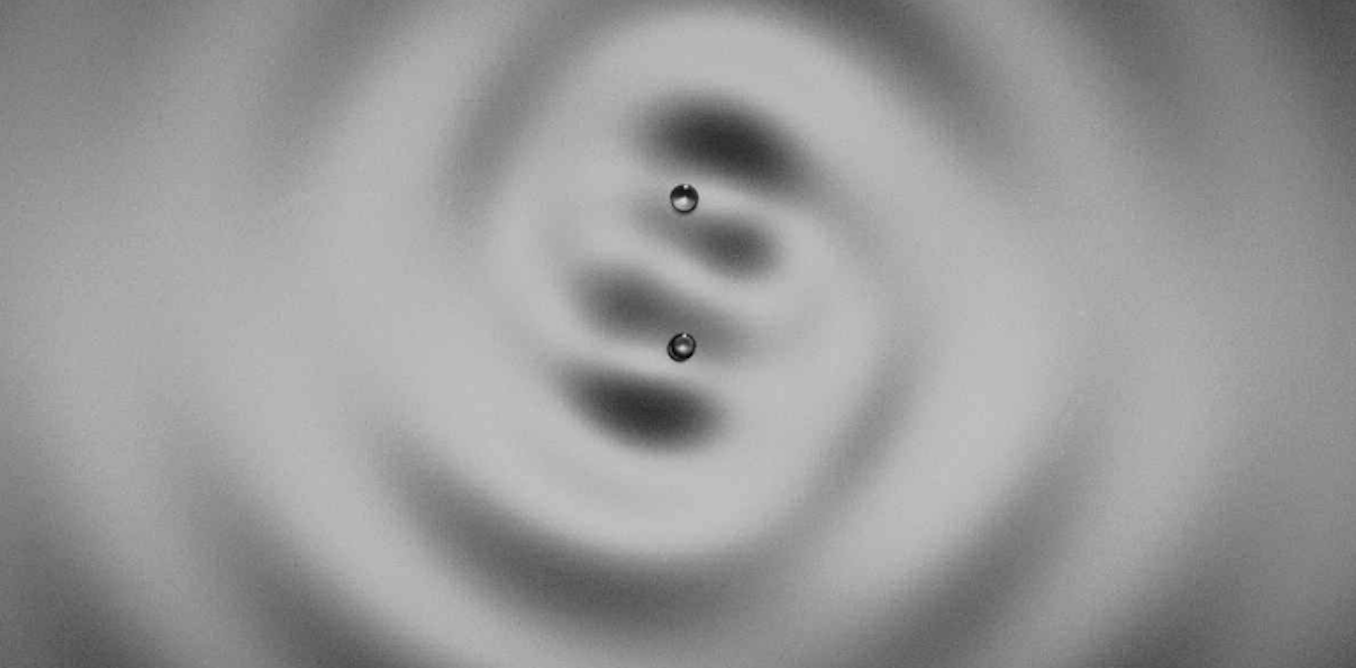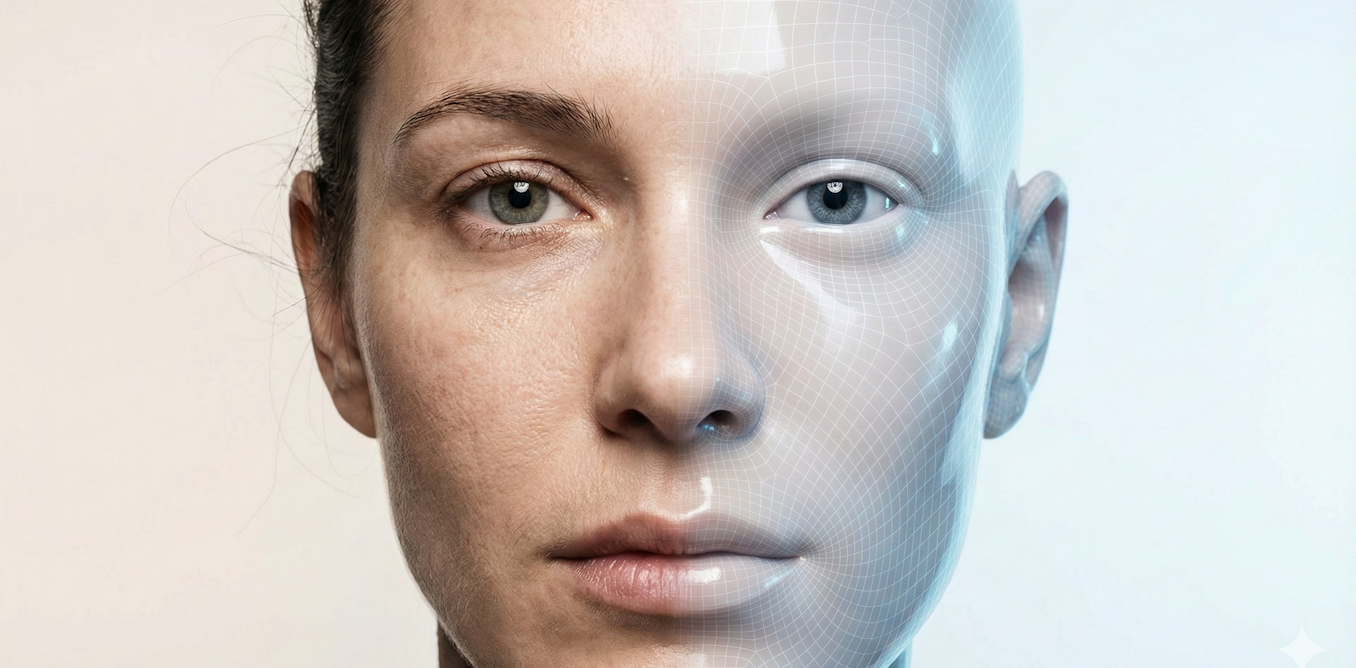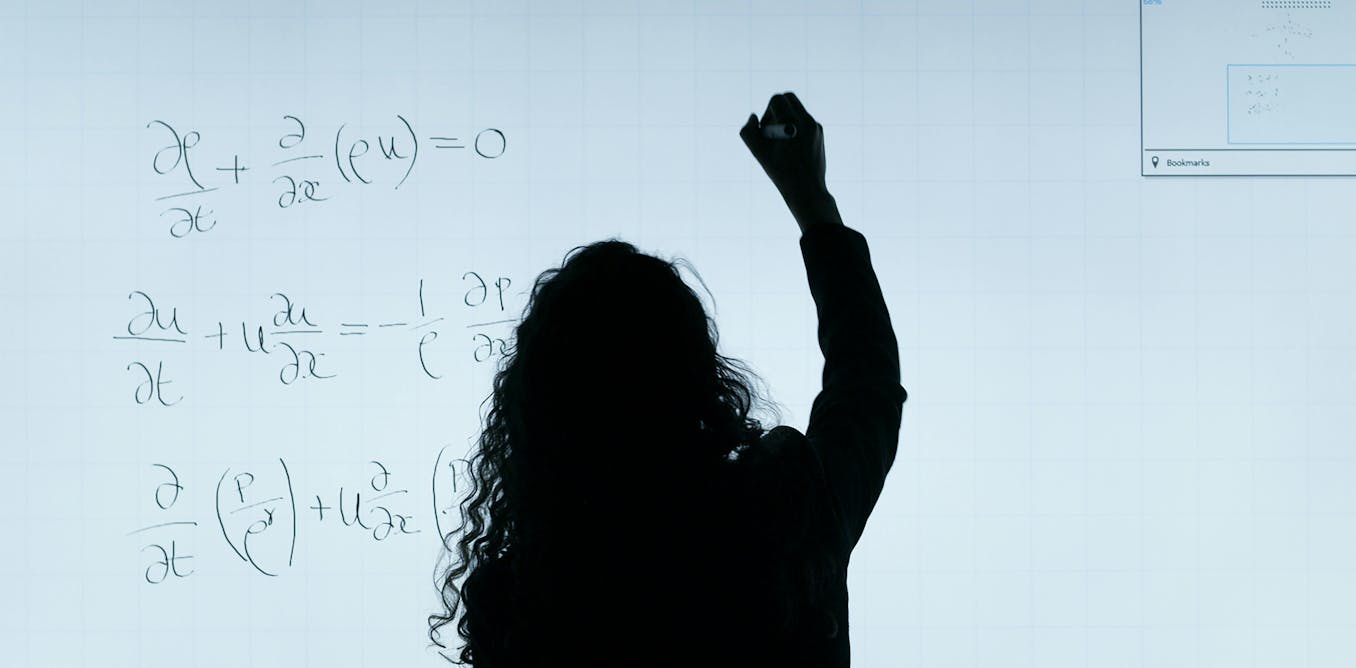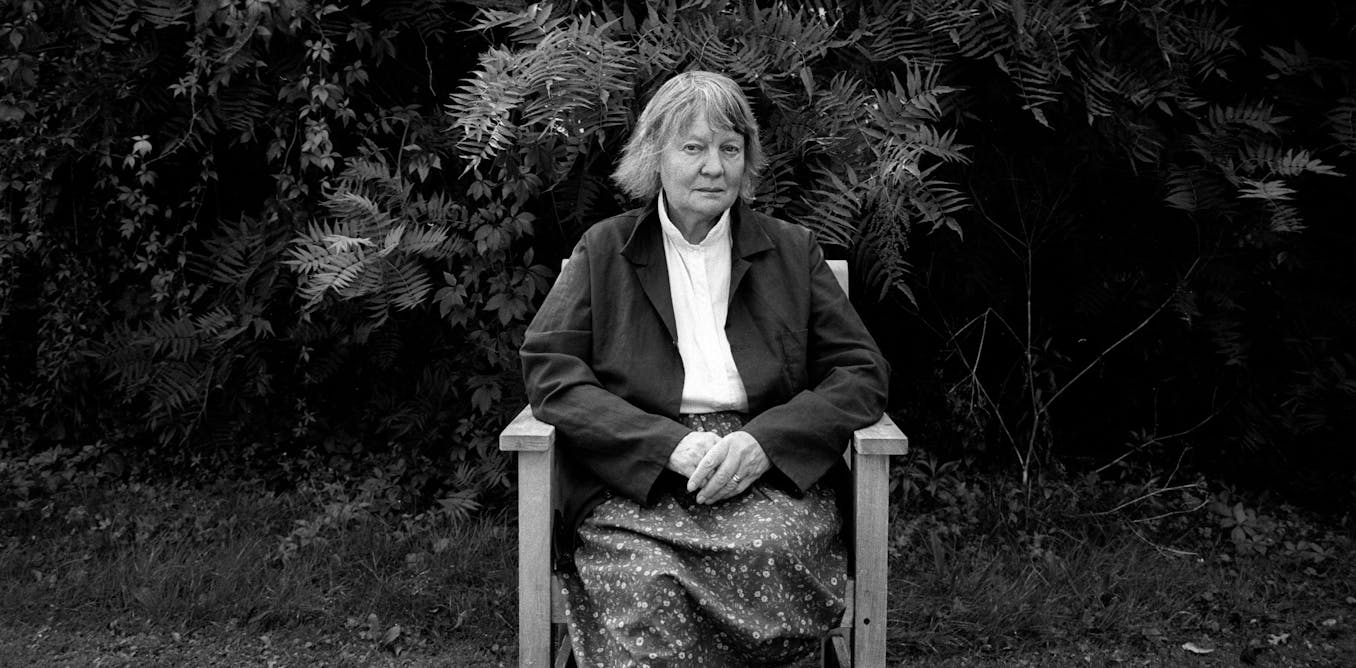This week marks the centenary of the French physicist Louis de Broglie’s doctoral thesis, which later earned him a Nobel prize for “his discovery of the wave nature of electrons”. This discovery constitutes a central aspect of quantum mechanics, and it led to his famous “pilot wave” theory, which provides an alternative way to formulate the theory of quantum mechanics itself. However, de Broglie quickly denied his own theory. But for what reasons?
The theory of quantum mechanics describes the behaviour of matter at small scales, such as that of atoms or electrons. Its discovery dates from the beginning of the 20th century, but many questions about it remain debated. This is largely due to the puzzling characteristics of the theory. For example, quantum particles such as electrons seem to behave sometimes like particles, sometimes like waves.
The Copenhagen interpretation, developed at the beginning of the 20th century, concluded that the quantum world cannot be analysed according to classical physical concepts. This view has met with a number of objections, and numerous scientists, including Albert Einstein, have looked for a causal and mechanistic understanding of the weirdness of quantum behaviour. De Broglie was among those who refused the Copenhagen reading, and he proposed his pilot wave theory in 1927. According to this model, matter is made up of particles, whose movement is guided by a “quantum wave”, thus explaining the reasons for the wave behaviour of particles.
However, a few years after de Broglie made his discovery, he renounced his theory. What prompted this change of heart, and how did his work impact the scientific community?
The weirdness persists
There are multiple causes for the abandonment of the pilot wave theory. However, two characteristics of the model have made it particularly dubious. First, it suggests that the motion of one particle can depend on that of another, even if their distance, according to Einstein’s theory of relativity, should prohibit any interaction.
Furthermore, the pilot wave does not have a clear physical meaning. Unlike conventional waves, such as ocean waves or electromagnetic waves, it is not a wave that evolves in our three-dimensional physical space. Rather, it is a wave that unfolds in an abstract mathematical space with a large number of dimensions, making its interpretation difficult.
These aspects of the pilot wave were very disturbing for de Broglie, who explicitly abandoned his theory in his subsequent writings. His deeper ambition was to develop a somewhat different approach, called the “double solution theory”. Its main object would have been a less abstract wave, which would unfold within the space familiar to our perception. This alternative model would have been much more intuitive and easy to understand.
However, the mathematical complexity of this approach was considerable. De Broglie worked on this project until the end of his life, despite the limited interest it garnered from his fellow physicists.
The rediscovery of pilot wave theory
De Broglie’s work has deeply influenced the scientific community. The US physicist David Bohm independently rediscovered pilot wave theory in 1952. Rather than rejecting the model because of its strangeness, Bohm and many other subsequent researchers have undertaken the challenge of giving it meaning. Questions relating to the exact content and interpretation of the theory are still debated today.
Furthermore, the double solution theory that de Broglie worked on has not been completely abandoned. Some contemporary physicists are still working on its formulation. This approach may one day help us better understand our world on a small scale, with a reduced impact on our classical intuitions.

The post “Why did Louis de Broglie, Nobel laureate in physics, abandon his own pilot wave theory?” by Laurie Letertre, Chercheuse en philosophie de la physique au Munich Center for Mathematical Philosophy, Ludwig Maximilian University of Munich was published on 11/27/2024 by theconversation.com
























